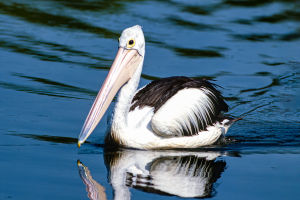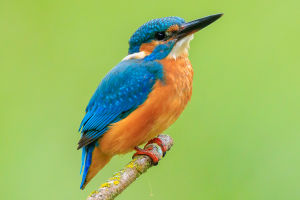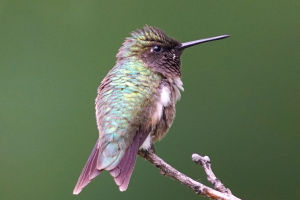Dolphins, often regarded as the acrobats of the ocean, captivate us with their intelligence, playfulness, and grace. These remarkable creatures are not only a highlight of marine biodiversity but also crucial indicators of ocean health.
However, despite their widespread appeal, dolphins face numerous threats from human activities, making conservation efforts essential.
The Fascinating World of Dolphins
Dolphins belong to the Cetacea order, which also includes whales and porpoises. With over 40 species, ranging from the well-known bottlenose dolphin to the elusive orca, dolphins exhibit a range of behaviors that reveal their complex social structures and high intelligence. They use sophisticated echolocation to navigate and hunt, communicate through a diverse array of clicks and whistles, and display behaviors such as cooperation and play that suggest a high level of cognitive function.
DCP Dolphin Lesson: Conservation – Why clean the beach?
Video by Dolphin Communication Project
Threats to Dolphin Populations
Unfortunately, the beauty of dolphins is overshadowed by the threats they face. The foremost dangers include:
1.Bycatch: Dolphins often get entangled in fishing gear intended for other species. This accidental catch not only leads to their death but also disrupts marine ecosystems.
2.Pollution: Pollutants such as plastic, heavy metals, and toxic chemicals can contaminate dolphins’ food sources, leading to health issues and deaths. Microplastics, in particular, pose a significant threat as they enter the food chain.
3.Habitat Destruction: Coastal development, oil spills, and climate change are degrading and destroying the habitats dolphins rely on. This loss of habitat reduces their access to food and safe breeding grounds.
4.Captivity and Tourism: The capture of dolphins for marine parks and the stress caused by tourism can have detrimental effects on their health and well-being.
How to Protect Dolphins
Protecting dolphins requires a multifaceted approach:
1.Support Sustainable Fishing Practices: Advocate for and support fishing methods that minimize bycatch. Using dolphin-safe tuna and other certified products can reduce the accidental catch of dolphins.
2.Reduce Plastic Use: Cutting down on plastic use and participating in clean-up efforts can help reduce marine pollution. Supporting policies aimed at reducing plastic waste is also crucial.
3.Protect Marine Habitats: Support and promote marine protected areas that safeguard critical dolphin habitats from destruction and degradation. Engage in and support climate action to mitigate the effects of global warming on marine environments.
4.Promote Ethical Tourism: Choose eco-friendly and responsible wildlife tourism options. Avoid supporting facilities that capture dolphins for entertainment and instead support organizations working to protect dolphins in their natural habitats.
5.Advocacy and Education: Raise awareness about dolphin conservation issues and advocate for stronger legal protections. Education initiatives can foster a greater appreciation for dolphins and promote conservation efforts.
Lykkers, dolphins are among the most enchanting and intelligent creatures of the ocean. By understanding the threats they face and actively participating in conservation efforts, we can ensure that future generations will continue to marvel at these incredible marine mammals. Together, through informed action and compassionate choices, we can help safeguard the future of dolphins and maintain the health of our oceans.


